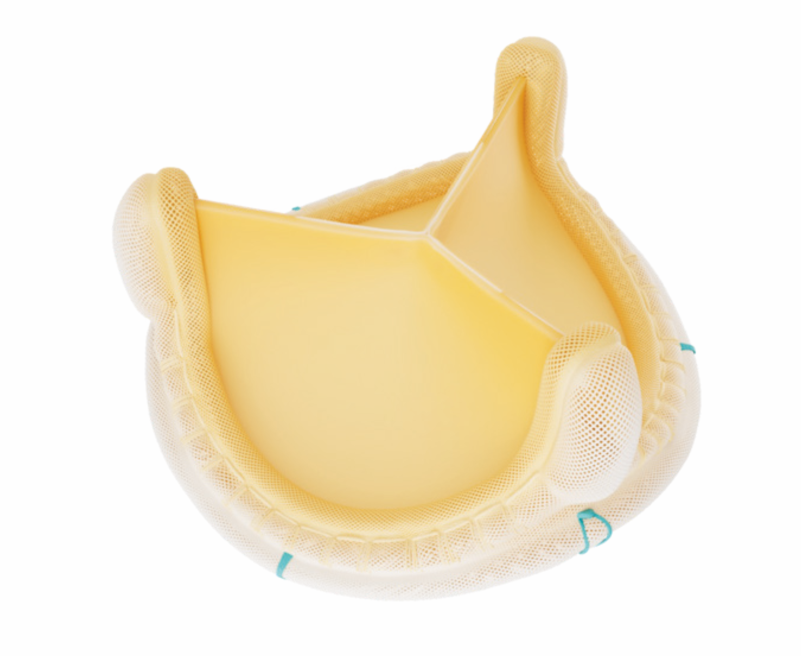Next-generation surgical robotics stand poised for global revolution
July 31, 2025 | Thursday | Views | By Neeraj Nitin Jadhav, Senior Industry Analyst & Team Lead, TechVision, Frost & Sullivan
The adoption of robot-assisted surgery has increased significantly in the past decade as opportunities for performing minimally invasive procedures have multiplied. Robotic-assisted interventions as a proportion of the total number of surgeries have witnessed strong uptake among hospitals, especially in both developed and developing countries such as the United States, Japan, South Korea, China and India. Surgical robotic platforms facilitate more precise surgeries and improve the repeatability of procedural movements. These benefits support faster recovery and better outcomes for patients, which has helped drive their adoption among healthcare providers.

In spite of the many advantages, surgical robotic platforms have drawbacks. Legacy surgical robots involve a large setup that consumes significant space in the operating room. The platforms are not mobile and cannot be transferred from one room to another after installation. Moreover, the instrument setup and positioning of conventional robotic surgical arms before the procedure require considerable effort, which subsequently increases the total operation time frame. The use of rigid instruments in these traditional surgical robotic platforms becomes extremely challenging in non-linear pathways and makes it difficult to reach anatomical areas such as the brain in a minimally invasive fashion. This has spurred the development of agile and state-of-the-art next-generation surgical robotic technology platforms, which have been built with unique designs, advanced instrumentation, analytics and visualisation technologies that address the limitations of conventional surgical robotic systems.
Small footprint: Next-generation surgical robotic technology platforms have a smaller footprint that makes them easily accommodated in operating rooms without taking up much space. Moreover, these mobile platforms can be rapidly deployed in various operating rooms to facilitate higher utilisation.
Shorter setup time: The unique configuration and minimal cable management of next-generation platforms ensure quick docking and setup, resulting in shorter operating room time frames for both surgeons and patients.
Ergonomic design: The robotic platforms’ console allows surgeons to be situated in an ergonomically comfortable position throughout the procedure. This helps reduce physical strain and the procedure-related burnout commonly observed among surgeons.
Multi-articulating and flexible instruments: These instruments aid in achieving optimal triangulation and easily maneuver through non-linear pathways in a patient’s body to reach the target site and effectively carry out a surgical procedure in hard-to-reach areas.
Motion control and anthropomorphic movements: The platforms provide high-precision motion control and anthropomorphic movements that are nearly identical to human hand movement while performing delicate surgeries.
Haptic sensing: The ability of robotic systems to provide haptic feedback to surgeons allows them to feel the pressure/force exerted on the tissues or organs during surgery, both in and outside the field of view. Alerts are provided to surgeons if the pressure threshold is reached to prevent damage to the anatomical structures.
Multi-quadrant surgeries: The robotic systems offer a unique column architecture that facilitates its placement in any position around the patient, providing four-quadrant anatomical access to the surgical site. This enables greater accessibility to the patients’ anatomy for the surgeons without the need to frequently move the robotic platform.
Open platform architecture: The open-platform architecture of these systems enables seamless integration with existing technologies in the operating room ecosystem. This allows hospitals to maximise benefit from existing capital investments while providing surgeons access to devices and instruments of their preference.
Decreasing learning curve: The time required to train surgeons on the next-generation surgical robotic systems is significantly lower compared to conventional robotic platforms. This helps shorten the learning curve, enabling surgeons to learn the robotic-assisted procedures within days instead of months, typically required for traditional ones. Depending on the type or route of incision, the next-generation surgical robotic systems have been classified into multi-port, single-port, and robotic natural orifice surgery systems.
Multi-Port Robotic Surgery Systems: These systems typically require multiple small ports or incisions to be carried out on the patients’ body to insert long surgical instruments for performing the procedures. These platforms feature haptic feedback that provide alerts to the surgeons if the pressure threshold is reached to prevent damage to the anatomical structures and deploy artificial intelligence (AI) to offer insights to the surgeons based on the accumulated procedural data.
For instance, in January 2025, SS Innovations International, Inc launched its made-in-India, Central Drugs Standard Control Organization (CDSCO) certified SSi Mantra 3 surgical robotic system (SSi Mantra 3) at Pune's Noble Hospital in India. The SSi Mantra 3 is a modular, multi-robotic arm system featuring open-faced ergonomic surgeon command center, a large 3D 4K monitor and has 40 different types of robotic endo-surgical instruments to support various specialties, including cardiac surgery.
Single-Port Robotic Systems: The procedures carried out through single-port robotic systems require a single, small incisions in the patients’ body to reach target anatomical structures. The platforms provide high precision motion control and anthropomorphic movements that facilitate controlled motion and movements. The single-port robotic systems offer a unique column architecture that facilitates its placement in any position around the patient providing four-quadrant anatomical access to the surgical site. This enables greater accessibility to the patients’ anatomy for the surgeons without the need to frequently move the robotic platform.
For instance, Intuitive Surgical’s da Vinci SP surgical system features high precision motion control and anthropomorphic movements that allow surgeons exceptional flexibility and deep, narrow access to internal tissues and organs for performing challenging surgical tasks while filtering out tremors during instrument movements. Besides receiving US Food and Drug Administration (FDA) clearance and Conformité Européenne (CE) mark, the system has been approved for use in Japan and Korea for surgical procedures such as general surgeries, thoracic surgeries, urologic surgeries, and gynecological surgeries.
Robotic Natural Orifice Surgery Systems: The robotic natural orifice surgery systems use the body’s natural orifices including mouth, anus, or vagina to perform incisionless surgery on patients. Anthropomorphic movements of the robotic arms and the use of multi-articulating and flexible instruments in these platforms aid in optimal triangulation and also enable them to circumvent non-linear pathways in the patients’ body to reach the target site and effectively carry out surgical procedure in hard-to-reach areas.
Israel-based Momentis Surgical Ltd has developed the Anovo robotic surgical platform, featuring miniature humanoid shaped robotic arms with anthropomorphic movements. This helps provide multi-planar flexibility, human-level dexterity and 360 degrees of articulation for performing challenging surgical tasks and avoiding obstacles in non-linear pathways within the body. The platform has received US FDA clearance for performing natural orifice transvaginal benign gynaecology procedures and single site, abdominal access ventral hernia repair.
The Way Forward
Developers of next-generation surgical robotic systems can focus on flexible payment models, shifting from the traditional upfront capital model to a managed service wherein the robot, all required instrumentation, and maintenance are bundled into an annual contract based on agreed procedure volumes, with the intent to reduce the lifetime cost of robotic surgery. This model will allow hospitals to tie costs to revenues, making robotic surgery viable for more healthcare facilities.
Next-generation surgical robotics companies need to create a customer-centred design process and work closely with surgeons and healthcare executives during their product development activities. Following a dynamic research loop - where client feedback is actively incorporated into refining the platforms’ functionality, can go a long way in developing surgical robotics systems that are closely aligned with customer needs.
Currently, surgical robots are restricted to inpatient settings at hospitals. However, an increasing number of surgical procedures are being performed in outpatient settings and ambulatory surgical centres, which currently do not have access to surgical robots. Deployment of next-generation surgical robotic technology platforms in these settings can help companies capture lucrative growth opportunities offered by the shift toward outpatient procedures.
Neeraj Nitin Jadhav, Senior Industry Analyst & Team Lead, TechVision, Frost & Sullivan









